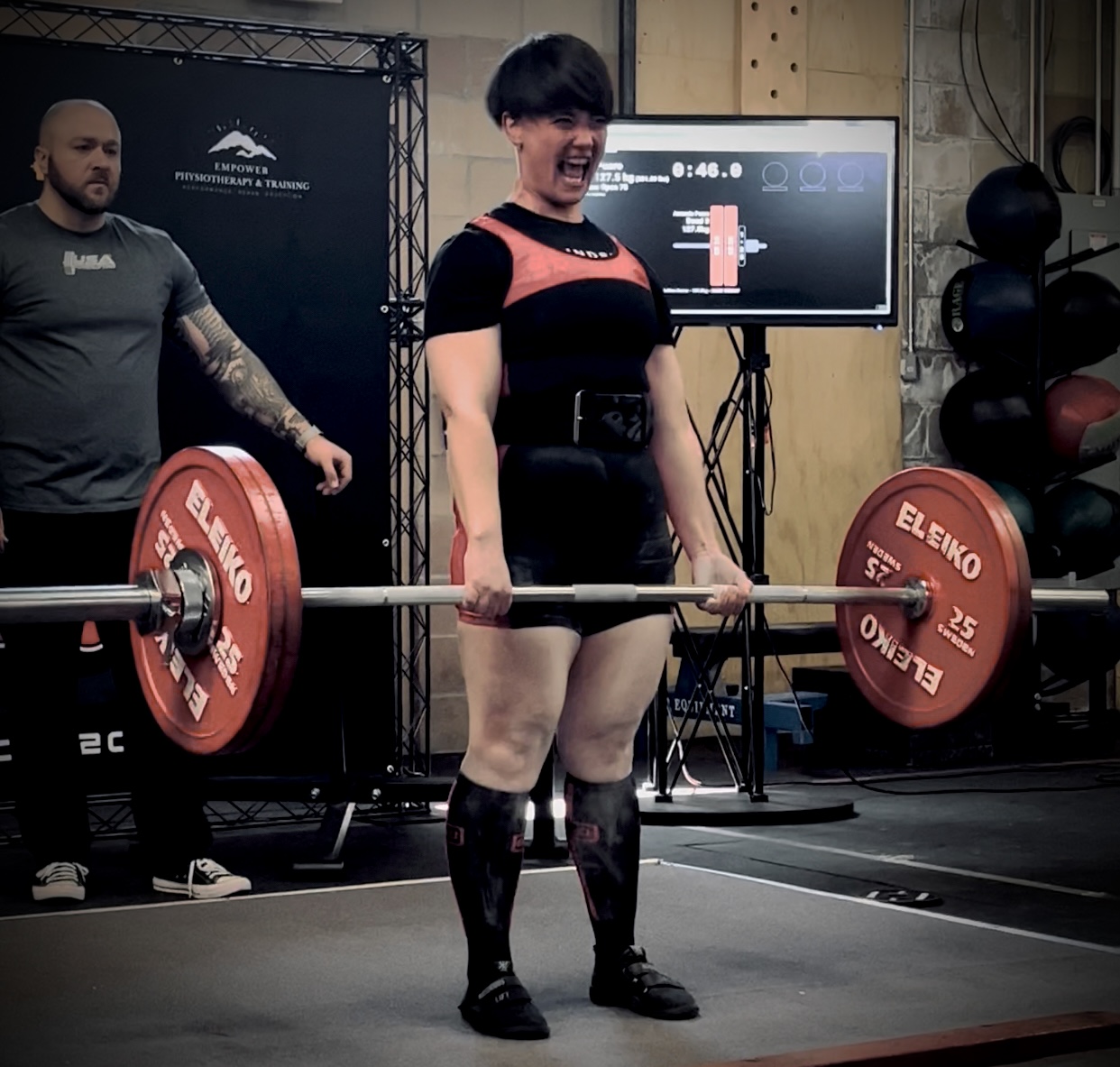What kind of Core Exercises Should Strength Athletes Do?
- Coach AP
- Feb 21, 2023
- 1 min read
Updated: Feb 28, 2023
Your spine can move in 6 primary directions; flexion, extension, lateral flexion right / left, and rotation right / left. If you pursue strength sports, your trunk should be strong enough to support all of these movement patterns in their varying angles and trajectories.
For powerlifters and weightlifters with healthy bodies and efficient movement patterns, they should not have to supplement with a lot of extra core work. If an athlete is bracing their core effectively when lifting, their trunk will naturally get stronger as they move heavier and heavier loads. Loaded walkouts and front racks can be helpful toward developing core strength to support heavier compound lifts -- imagine loading up more than you can front squat and just holding the weight in a front rack for a few breaths to stress your nervous system and prepare your body to move that weight sometime in the future.
When planning targeted core work, you want to make sure you are prioritizing "anti-movement" core exercises; think of these as drills that teach your body to minimize spinal movement under load through all 6 ways the spine CAN be moved. This means you should be including core work that is ANTI-extension (i.e. loaded plank, hanging leg raise), ANTI-flexion (i.e. back extension, reverse hyper), ANTI-lateral flexion (i.e. suitcase carry, asymmetrically loaded farmers carry) and ANTI-rotation (Pallof press, Russian twist, etc).
You can build your legs, glutes, and lats all you want but if your core is weak, you will not move heavier compound lifts! These basics are a great guideline for ensuring an athlete is well-prepared to continue to develop strength over the long-term.


Comments